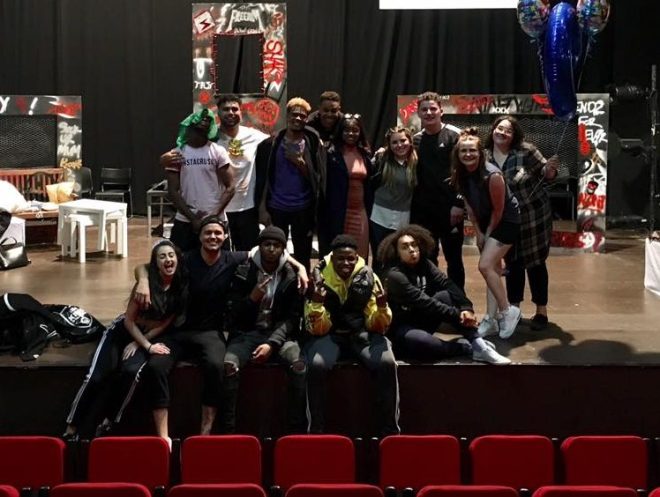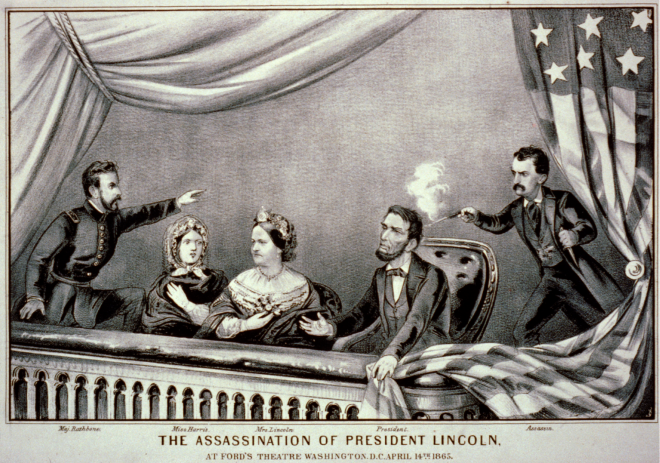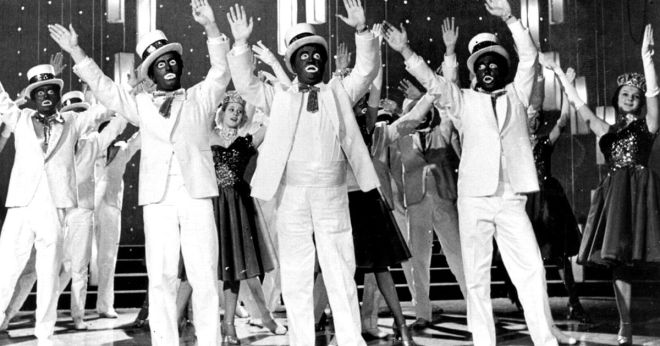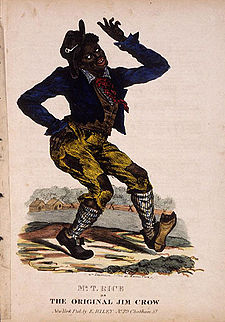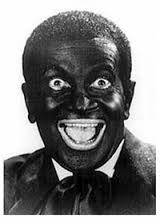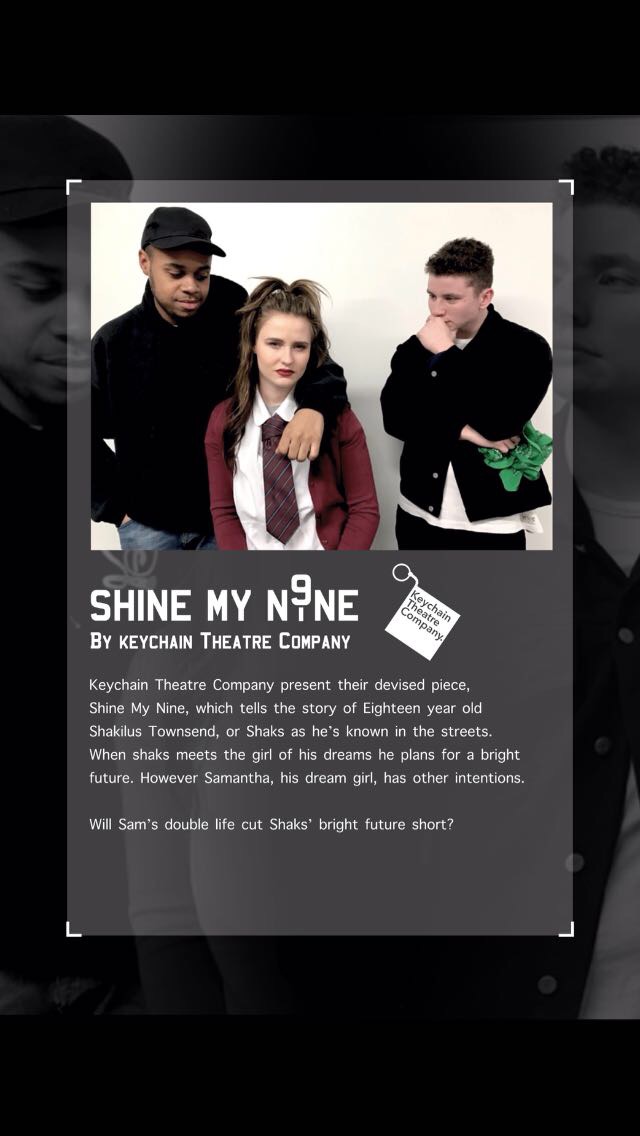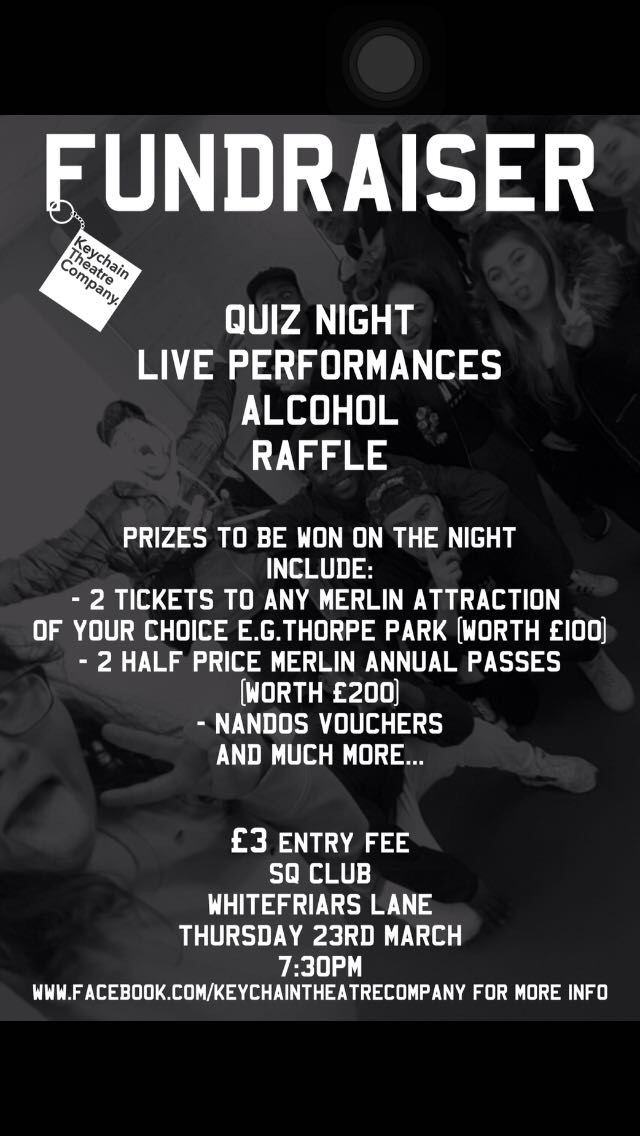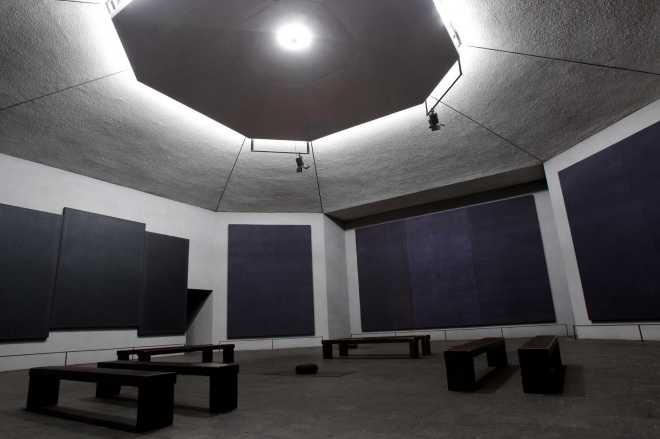I am officially a second-year student and I couldn’t be happier that I made it through my first year at university. Speaking to my friends in year above made me aware of the fact I had to be better with time management and work harder to pass and make it into my third and final year at university. This year kicked off with a directed performance of Italian straw hat and first things first was to audition for my role. Initially I had no idea who I wanted to be, nor did I understand Farce, however though the process the play got more and more fun to work for and I really started enjoying this module in the end.
As I wasn’t sure who I wanted to be or who I was best suited for, in my audition I read for more than one male role so that the directors, Tom and Benny could decide which role they saw me best suited for. I was given the character of Emile, a very angry solider who broke chairs and demanded for apologies. At first I wasn’t too keen on my character as I felt I couldn’t act much or my character didn’t play any means to the play but as we read through and ran our scenes, I could fully immerse myself into my chosen character of Emile and understood that the reason that josh’s character Fadinard is in such a worry, is because my character demanded back Anais hat that the horse ate at the start of the play.
I put myself forward to help on construction and set and I feel as though I really got myself involved in the making of our set and props even though a large chunk of that was me and a couple other of the stronger guys moving the heavy bits of set around the different rehearsal spaces we used. I enjoyed the process of building the set which included work such as sawing pieces of wood and fitting them together, using the drill and screws to make frames for the doors, putting together brand new doors and refurbishing old ones, painting the flooring. In the end, we managed to put on a very funny farce play before the term ended. Another highlight of this term was visiting Berlin before the Christmas holidays. My aim for university was to go on as many university trips as I can, and Berlin was a hundred percent worth going. After a great trip, and an amazing production of ‘An Italian Straw hat’ I was excited for next term to begin.
After a nice Christmas break I was ready for this terms module of negotiated studies. For this project, I aimed to take part in creating a short film, which focuses on stereotyping and the on-going issue with racism today. I don’t understand why today in 2017, racism is still an issue in our society. Racial stereotyping whether by top news articles or bouncers at a local night club still exists and racism has been an Issue for hundreds of years. So my plan is for the short film to question ourselves and ask ourselves why it still exists and whether it will ever stop.
My role in this project was to assist in directing and editing the footage we have for our short film. The short film we created lasted roughly 10 minutes even though we had a lot of extra footage we could have put in. If we had used all our footage, we would have exceeded our limit for the task although felt it was necessary to film extra for editing purposes. One of my initial ideas was to create a film about 3 completely different characters who somehow unite against racism together in some way. Yet once our group was formed, we came together and realised that we could use our multicultural backgrounds to discuss the issue with racial stereotyping. I have witnessed and personally been racially stereotyped and believe that if we all bring our personal experiences involved, together we could give our audience a broader look at how stereotyping affects a range of different people in different ways.
I collaborated with Fraz, Reece, Jacob and Elliot and together we created “We Are Human”. it’s based on how racism personally affects us and other Coventry university students. I wanted to capture footage that will portray of our thoughts and emotions and to stimulate our audience’s minds. We shot in different locations around the Coventry university campus and asked ourselves and students on different courses and of different multicultural backgrounds 3 main questions. “have you ever been a witness to or been a victim of racial abuse?” “Why does racism still exist?” and “How can racism be combatted?”. Whether we stuck with our first idea of creating fictional characters, I believe we’d still be able to portray a ray of different backgrounds and personal experiences. Based on the feedback we got from our peers, our short film raised awareness and shared the right messages.
If I worked by myself, I would have focused more on the personal experiences I’ve been a part of However, working collectively as a group of 5 allowed us to put many more ideas and skills to our project, we all helped each other on all areas of the task but assigned certain roles to each person which allowed us to maximise our time.
Alongside the short film, we gave a 5-minute presentation, answering any further questions about our project. This presentation gave us that little bit more of what we needed to go more in depth about our research and views on the current situation.
Alongside this module we started our new landscapes ‘site specific performance’ module whereby we created an immersive performance based on the devil statue on the old Coventry cathedral with a twist. Liam was due to tell his part of the story but gets kidnapped by 3 males dressed in black with their faces covered up. The performance then changes to hunting Liam’s kidnappers to find him. This was a fun module and I learnt a lot about site specific performance. We ended up creating a sequel for the second part of this module. As the term was finishing, it was time to prepare for next terms module of new landscapes and alongside that the third years Final major projects.
New landscapes for me in the third term was a strange one for me because I really enjoyed this module to start with. I was always involved and ready to work with my group for our telling of the story of clever Hans. But over time this module started to drag due to certain members of groups lack of motivation. Which in turn started to demotivate me. I loved learning the acrobatics and thought it was fun and enjoyable being the base and support for others. In fact, me and Tk grasped the acrobatics super quick, but as the acrobatics got more advanced, I started to distance myself as I felt I couldn’t be of much help. I also didn’t have the time to go back and relearn previous circus skill training I had on juggling and diablo for the walkabout acts before the show. It was hard for to balance term time studies, Final major project rehearsals and a Part-Time job. I was however excited to get involved in the musical aspects of the performance. If it wasn’t for playing the drums in everyone’s stories, I would have hardly done anything for the final performances.
Although I couldn’t do the acrobatics to a higher standard like some of the others in the class I made up for it in drumming for the entire acrobatic sequence and being part of the band. I even got my own applause as the drummer at the end.
My absolute highlight of the year though would have to be playing lead character in Chantel’s, Ollie’s and Zoe’s FMP. In all honesty, it’s what I had been looking forward to doing most for the entire academic year. I auditioned for role of Shakilus Townsend, an 18 year old murdered in 2012 by Danny and his gang the Shine My Nine. After I found I had got the role and through weeks of devising and rehearsing, I was extremely excited and enjoyed being involved in this every week. I loved that it highlighted gang violence that our youth face today and hoped that our play could spread awareness about it. After the peer showings and throughout the process there was a lot of talk about our FMP which made me want to do well even more. I believe it was due to the marketing we used to promote our performance. On May 27th, we put on an incredible sold out show and the atmosphere that night was incredible. We found out show was chosen to perform at Belgrade theatre and I was extremely happy and don’t think I’ve been happier this year. A highlight of the year for me was of course keychain theatre company becoming like a family. Through rehearsals and productive trips to London, our cast bonded together and became close. I feel that our chemistry off stage helped towards our stage presence and it was amazing to have such an impressive response from our audience. Looking back, after an amazing second year I’m looking forward to starting my final year at university. I know it’s going to be tough but I’ll be able to power through.
